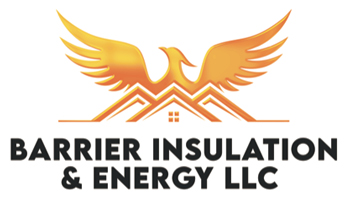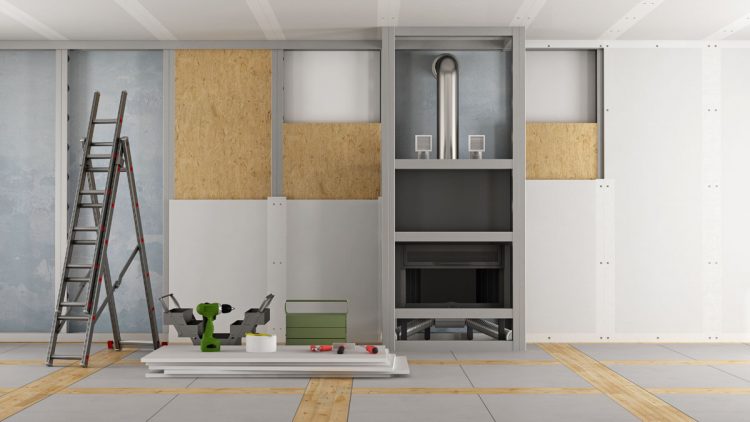How To Insulate Finished Walls
Modern homes usually come with insulation contained within the cavities of the walls as standard. But for houses built through the 1980s, this was not always the case. Older houses often have no insulation whatsoever, resulting in extremes of temperatures inside the house should you happen to reside in harsh climates with extremes of temperature. this can mean the heating or cooling system in the house is being overworked causing wear to the system and increased energy costs. With no insulation, energy seeps through uninsulated ceilings and wall cavities that are hollow.
Retrofit Wall Insulation
This is a much-discussed subject as there is no one correct answer. The only way to decide is via a cost-benefit analysis. Sometimes the cost of the addition of insulation may exceed the cost of the energy you save. Although uninsulated walls are never eco-friendly, it may be the only viable solution to remove the drywall, insulate, install the drywall and paint, once again.
Injection Foam Insulation
The main advantage of foam insulation versus fiberglass insulation is foam resists mildew and mold better than batt roll fiberglass or loose fill. Another plus is it’s strong expansion properties mean it can be forced into difficult areas. it is similar to those individual cans of foam insulation you can purchase from a hardware store but it is a lot more efficient. However, it also has the advantage of being the best choice to avoid wall damage. That said you will have to create holes for the foam to be injected in too. They will need to be filled, patched and painted to finish the job.
Remove Drywall & Install Roll Fiberglass
This is a very messy procedure but it is simple and does a very thorough job at an inexpensive cost. The gypsum has to be hacked away, removing the drywall nails and screws, installing R-13 or greater fiberglass roll insulation and then performing a re-installation of the drywall. However, the benefit is you can be assured your walls are fully insulated.
Loose-Fill Blown-In Insulation
Cellulose insulation (blown in cellulose in this case) is actually a paper product with boric acid added foe dire resistance. It is injected into the cavities of walls in a series of holes drilled either inside or outside the walls. Many companies ff this kind of insulation but the drawback are it can settle and get caught up on obstructions in the inner-wall like boxes, plaster keys, and wires.
Blow-In-Blanket Wall Insulation
This a new patented construction process utilizing blower injected pellets made from fiberglass that can be used for either closed or open walls. On open walls, a sheath of fabric is attached to studs, forming a kind of cage that contains blown in fiberglass pellets. The pellets then form in a tight and dense manner, creating a highly effective seamless blanket that is ideal at stopping air infiltration. This is a professional process and at the moment is only offered by one manufacturer and sold by approved outlets.
Barrier Insulation Offers Insulation Services In Phoenix!
Barrier Insulation Inc. is the premier provider of quality insulation in Phoenix. You can trust your insulation to the professionals at Barrier Insulation Inc. knowing your house will be optimized with the finest quality insulation in the marketplace. For all of your insulation needs call us today at 602-499-2922.
Whether you are building a new house, or just need to remove the old insulation and install a newer more energy efficient option Barrier Insulation is Phoenix’s first choice in home and commercial insulation. We proudly provide the valley’s more comprehensive insulation service that helps you stay more comfortable and save on energy. Click here to schedule on our website, or just give us a call at 602-499-2922.

